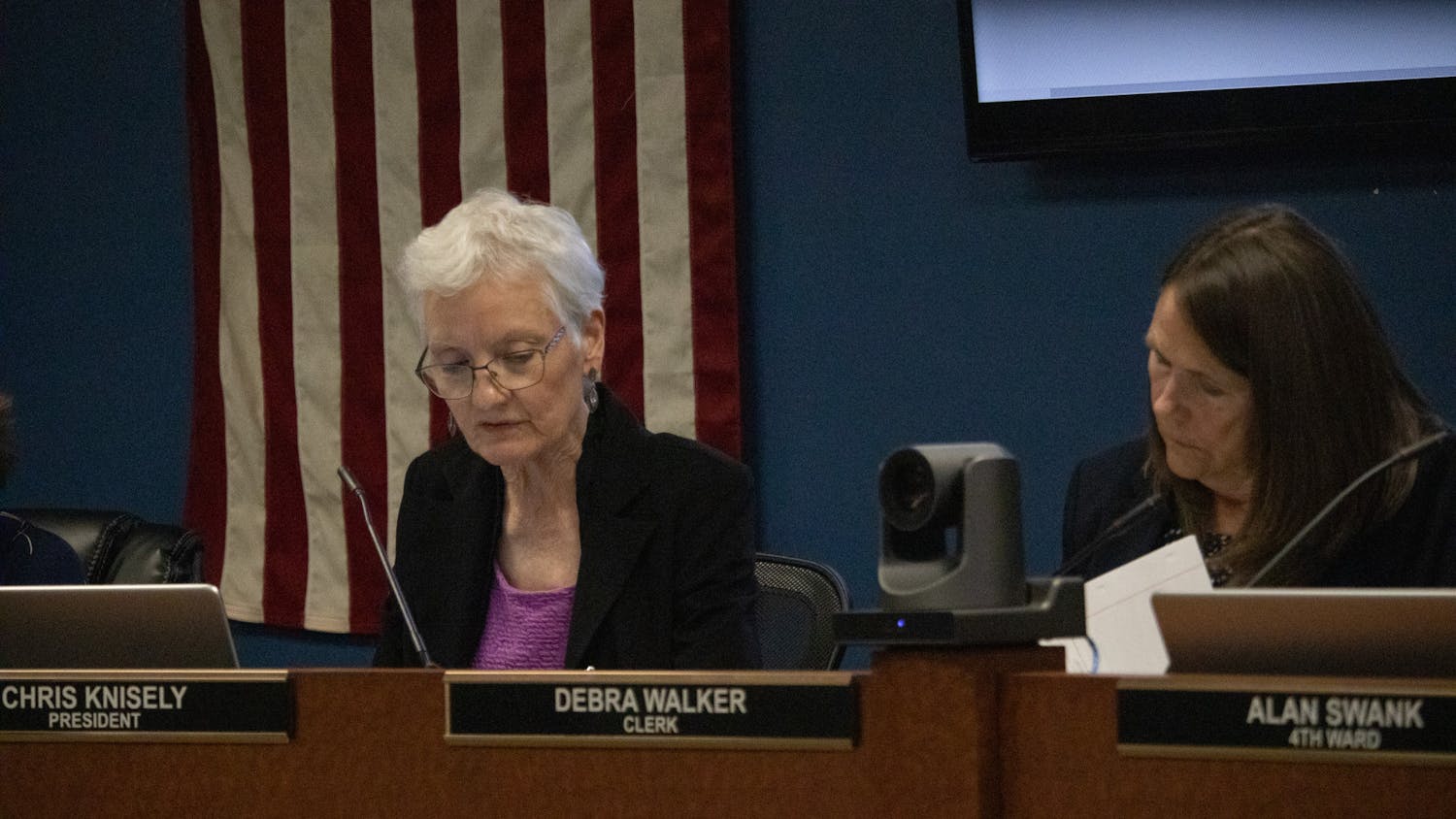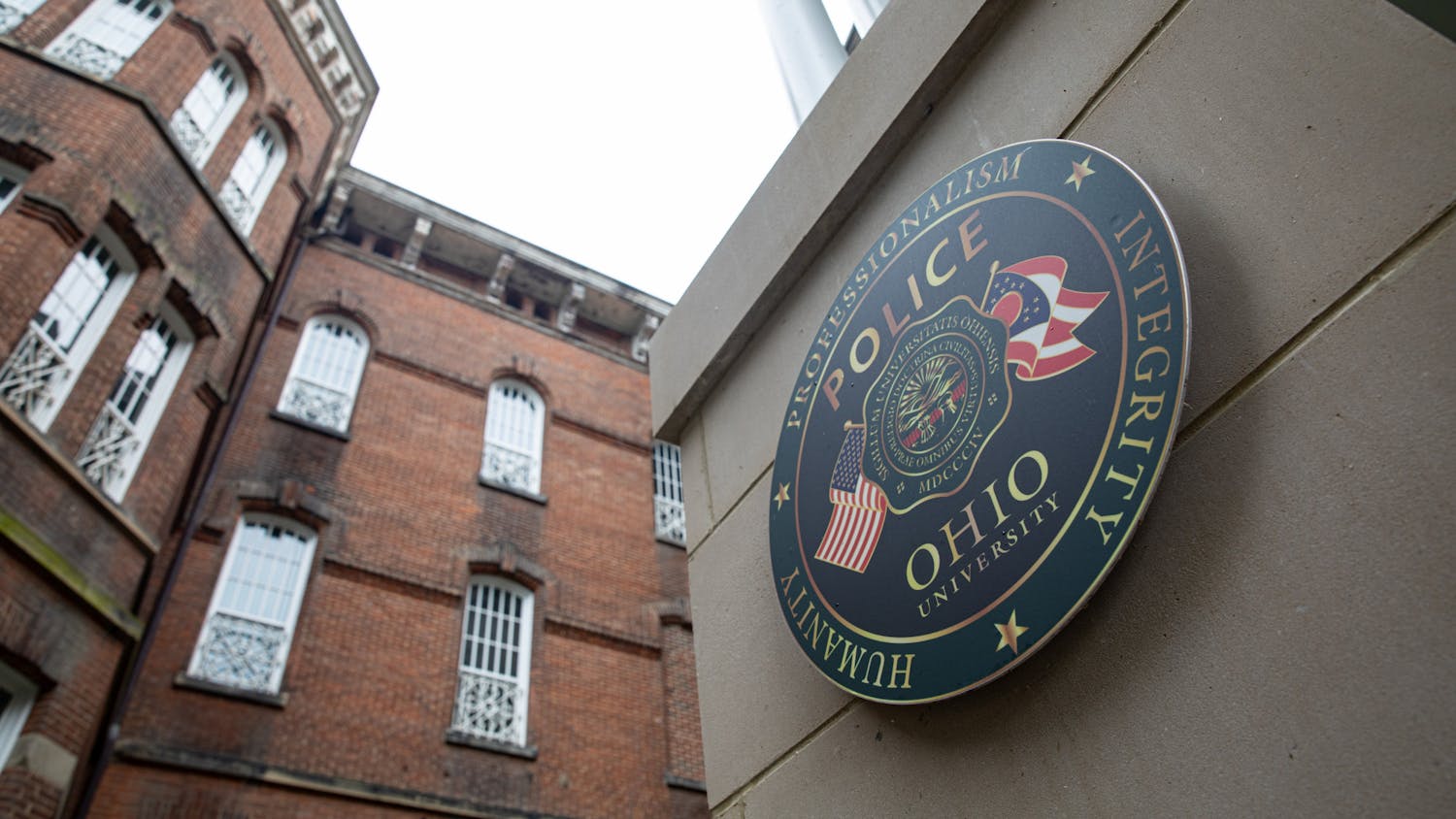Like any good love story, local farmer Marilyn Wentworth’s began when she least expected it.
After her parents became grievously ill in 2007, Wentworth left her job to devote her time to them. During a quiet moment, she turned on the television and there it was. A fuzzy, almost smiling alpaca.
“There was this commercial … a woman and her alpaca. She was talking about how she raises them and how she sells their fur,” Wentworth said, “I was like, ‘Woah.’ ”
Ohio leads the nation in both its number of alpacas and alpaca farms, according to the Ohio Alpaca Breeders Association.
Almost 12 percent of American alpacas are raised in Ohio, and Wentworth said the animal is so popular because its fur — sometimes referred to as fiber — is as increasingly coveted as it is rare.
Wentworth purchased her first Suri alpaca soon after seeing the commercial. Suri alpacas appear to have tangled, shiny dreadlocks, which Wentworth jokingly compares to her own hair.
She now owns 13 alpacas at her home, dubbed Phoenix Hill Farm, and sells products made from their fibers at the Athens Farmers Market and Athens Mall several times a month. Her top product is alpaca socks, and business is good, she said.
“People are concentrating more and more on the fiber end,” said Lorilee Fish, president of the Ohio Alpaca Breeding Association. “There is nothing like alpaca fur — it’s so soft and it doesn’t itch.”
However, the 2008 recession hit alpaca breeders hard. Most in Ohio left the industry altogether or were hanging on by a thread. Joe Osborn, former association director, said he’s taken on a new corporate job. He still owns 50 alpacas at his farm in Marion but said he’s been out of the statewide alpaca “loop.”
“We were really active in the community for eight years,” Osborn said. “The economy is what’s hurting us, but we’re in it for the fleece production. The southeast quadrant (of Ohio) has been growing for the past five years.”
Wentworth shears her alpacas once each year, and she said each 150-pound animal can accumulate almost 10 pounds of fiber by April. She sends most of her alpacas’ fiber to a mill in Tennessee to have it spun into yarn, and she also sends some to a small distributor in Peru to have it made into clothing.
She estimates she sold around 200 pairs of socks last year, which generated enough money to maintain upkeep for her alpacas. She hasn’t sold an animal itself yet but has entertained a few potential buyers.
Still, Wentworth makes a point to visit her alpacas twice a day — calling their upkeep as much of a lifestyle as it is a job.
Kissing one on the head, she feeds one of her males, Turbo, with a bottle.
“Alpacas are just so amazing and beautiful — they crack me up every day,” Wentworth said, noting that she won’t be hurt if one is sold. “They’re goofy.”
@eockerman
eo300813@ohiou.edu
The article appeared in print under the headline, "Part of Ohio’s fabric"






